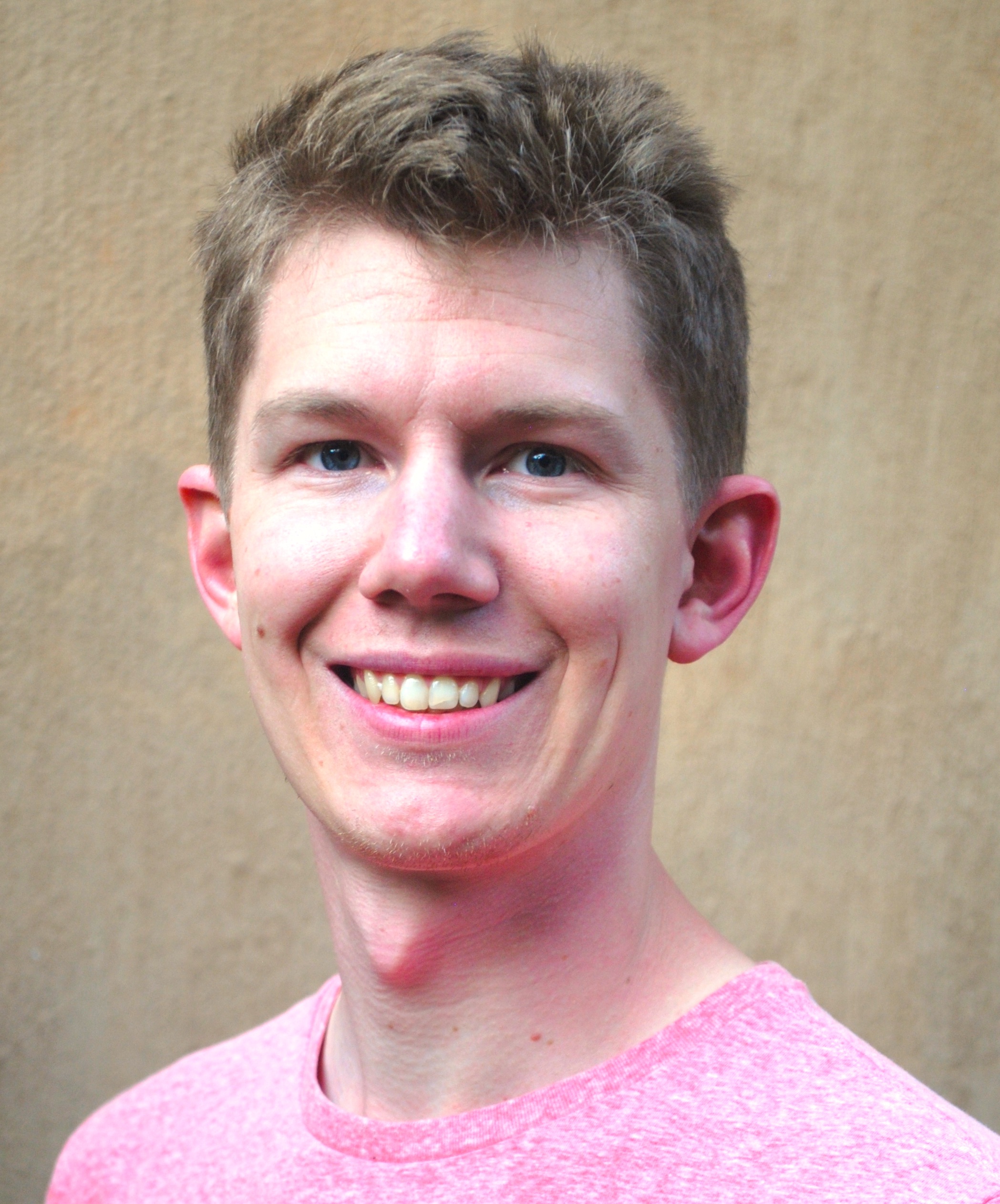
Lucas Farnung, Ph.D.
Dr. rer. nat. Lucas Farnung is an Assistant Professor of Cell Biology. Lucas completed his doctoral thesis at Ludwig Maximilian University of Munich (Germany) and the Max Planck Institute for Biophysical Chemistry (Germany). Lucas worked as a postdoctoral fellow and project leader at the Max Planck Institute for Biophysical Chemistry to elucidate molecular mechanisms of chromatin transcription. In 2025, Lucas was named a HHMI Freeman Hrabowski Scholar.
The Farnung Lab investigates key mechanistic questions at the intersection of DNA replication, chromatin, and transcription. Eukaryotic genomes are organized in a structure called chromatin that allows eukaryotic cells to compact their genomes into the small confines of the nucleus. The structure of chromatin and its fundametal unit, the nucleosome, represent a significant challenge to the nucleic acid-transacting machine because any molecular motor that moves through chromatin must overcome contacts between the nucleosomal DNA and the histone octamer. How this process of chromatin passage is coordinated and regulated remains unknown.
The Farnung Lab employs biochemical, biophysical, AI, and structural biology approaches to investigate how the transcription and replication machineries, histone modifying enzymes, chromatin remodellers, and chromatin interact to establish and retain epigenomic information during gene expression and genome duplication. These efforts facilitate our molecular understanding of chromatin, DNA replication, and transcription with direct mechanistic implications for understanding cell differentiation and disease.
Harvard Medical School
Dept of Cell Biology - SGM 402D
240 Longwood Avenue
Boston, MA 02115
Lab Phone: 617-432-0051
J Biol Chem
View full abstract on Pubmed
Cell
View full abstract on Pubmed
Mol Cell
View full abstract on Pubmed
bioRxiv
View full abstract on Pubmed